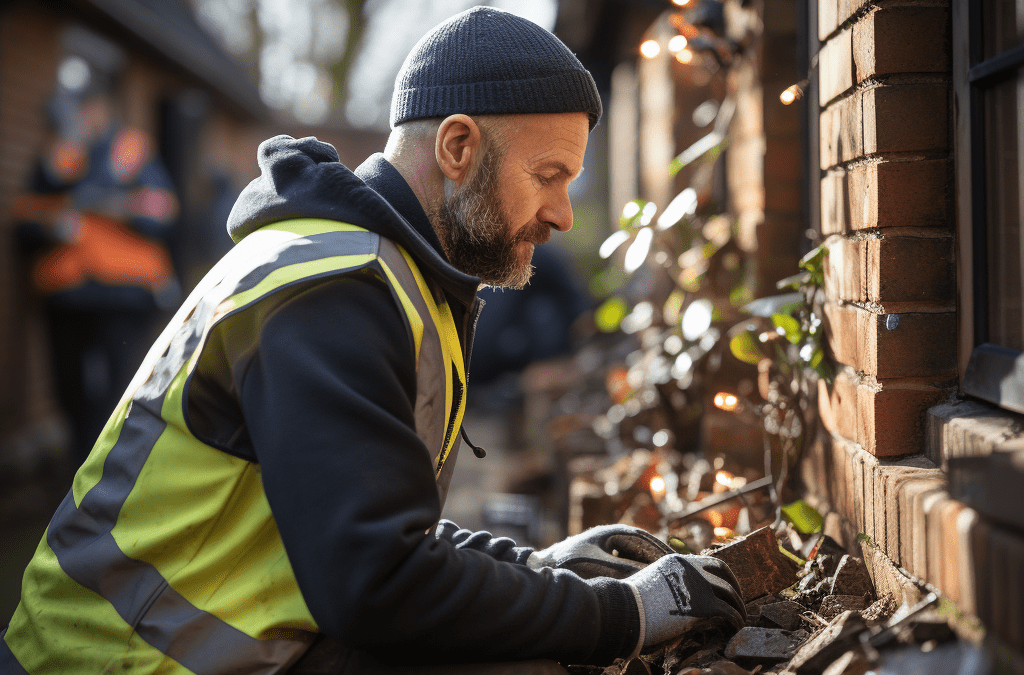A building survey is a vital step in the property buying process. It’s an expert inspection aimed at assessing a property’s overall condition. In this guide, we delve into the ins and outs of building surveys. We’ll explore when you need one, who conducts them, the different types of surveys available, associated costs, and why investing in a building survey is a wise decision.
When Do You Need a Building Survey? A building survey is typically organized and funded by homebuyers during the conveyancing process, after the offer is accepted and before the contract exchange. This proactive approach allows buyers to avoid unpleasant surprises after the purchase. While mortgage lenders may conduct a basic valuation report, it’s crucial to distinguish this from a building survey. A thorough building survey provides invaluable insights that a valuation report may miss.
What Might a Building Survey Find? Building surveys can uncover a wide range of issues, from structural problems like subsidence, heave, and roofing issues to more minor concerns such as damp, faulty windows, doors, electrical safety, and plumbing issues. While a surveyor won’t conduct full tests of the property’s services, they’ll assess their safety.
Who Conducts Building Surveys? Professional chartered surveyors are responsible for conducting building surveys. Ensure that your surveyor is a member of either the Royal Institute of Chartered Surveyors (RICS) or the Residential Property Surveyors Association (RPSA).
Types of Building Surveys: There are various types of building surveys available, each tailored to specific circumstances and offering varying levels of investigation.
1. RICS Home Survey Level 1: This is the most basic and affordable survey, suitable for newer homes in good condition. It involves a visual inspection, condition ratings, and potential issue identification. It typically costs between £300 – £900 and takes around an hour.
2. RICS Home Survey Level 2: Level 2 surveys offer a more comprehensive assessment than Level 1. Surveyors enter the attic and cellar, provide recommendations for further investigation, estimated repair costs, and maintenance suggestions. Prices range from £400 – £1000, with a surveyor typically spending two to three hours.
3. RICS Home Survey Level 3: Known as the full structural survey, this is the most detailed option, ideal for older homes, properties in poor condition, or unusual constructions. It involves a comprehensive visual inspection, analysis of construction methods and materials, and identification of hidden defects. Prices range from £630 – £1500, and the survey can take a day or more due to its complexity.
RPSA Surveys: Another accredited organization, RPSA, offers similar home surveys. The RPSA Home Condition Survey is equivalent to RICS Level 2, while the RPSA Building Survey mirrors RICS Level 3. Costs vary, with Home Condition Surveys typically ranging from £400 – £900 and Building Surveys from £650 – £1,500.
In Summary: Investing in a building survey is a wise decision when buying property. These surveys can help you avoid unexpected repair costs, stay ahead of maintenance, and make informed decisions about your investment. Whether you opt for RICS or RPSA, a building survey provides peace of mind and helps ensure your property journey starts on the right foot. Don’t underestimate the value of a thorough inspection before making one of life’s most significant investments.

